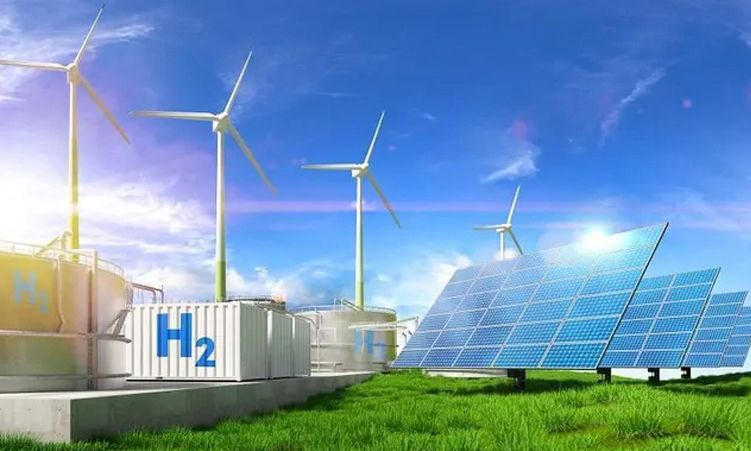FOLLOWING a dramatic drop in the water flow of the Kunene River, the last of two flap gates at the Ruacana Power Station are to be closed this morning.
Two of the five flap gates were open simultaneously for more than five weeks – a situation which was last experienced eight years ago. Last Thursday the first flap gate was closed when the water flow through the diversion weir dropped to 860 cubic metres a second.The river flow has been steadily decreasing over the past two weeks, from 972 cubic metres per second at the beginning of the month to about 831 cubic metres per second on Saturday.By yesterday it had dropped to only 588 cubic metres per second.In a deviation from the norm in January, officials at the Ruacana Power Station opened the first flap gate at the end of the month, when the water flow exceeded 1 200 cubic metres a second.A week later a second flap was opened when the river flow peaked at nearly 1400 cubic metres per second.This situation was largely because of the heavy rains which fell over the Angolan highlands last month.NamPower says the water flow will now be regulated through its two scour gates.Last month the river flow pattern deviated from the trend, flowing at a rate of between 900 and 1000 cubic metres a second.Usually the river flows at its strongest during March and April.NamPower says it is difficult to predict whether the river flow will pick up again towards the end of the month, as is usually the case.The station only requires a constant of about 140 cubic metres of water to drive its three turbines, which contributes about 40 per cent to the country’s electricity grid.Last Thursday the first flap gate was closed when the water flow through the diversion weir dropped to 860 cubic metres a second.The river flow has been steadily decreasing over the past two weeks, from 972 cubic metres per second at the beginning of the month to about 831 cubic metres per second on Saturday.By yesterday it had dropped to only 588 cubic metres per second.In a deviation from the norm in January, officials at the Ruacana Power Station opened the first flap gate at the end of the month, when the water flow exceeded 1 200 cubic metres a second.A week later a second flap was opened when the river flow peaked at nearly 1400 cubic metres per second.This situation was largely because of the heavy rains which fell over the Angolan highlands last month.NamPower says the water flow will now be regulated through its two scour gates.Last month the river flow pattern deviated from the trend, flowing at a rate of between 900 and 1000 cubic metres a second.Usually the river flows at its strongest during March and April.NamPower says it is difficult to predict whether the river flow will pick up again towards the end of the month, as is usually the case.The station only requires a constant of about 140 cubic metres of water to drive its three turbines, which contributes about 40 per cent to the country’s electricity grid.
Stay informed with The Namibian – your source for credible journalism. Get in-depth reporting and opinions for
only N$85 a month. Invest in journalism, invest in democracy –
Subscribe Now!










